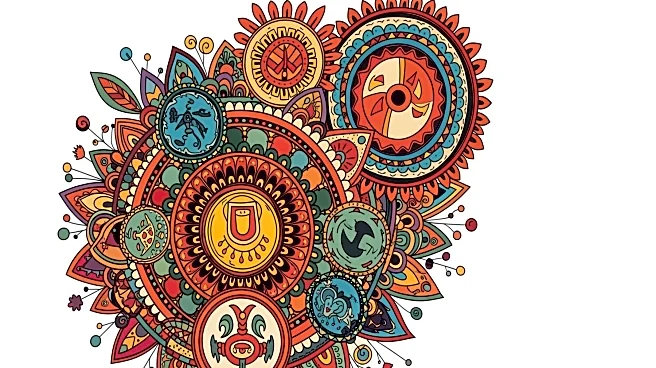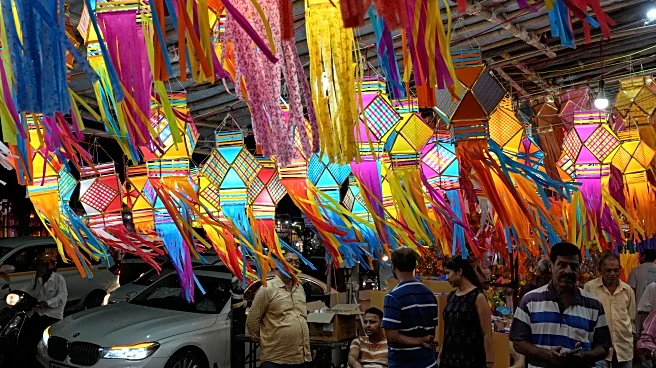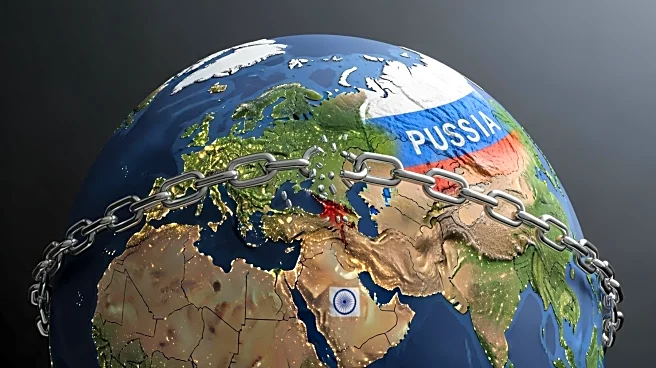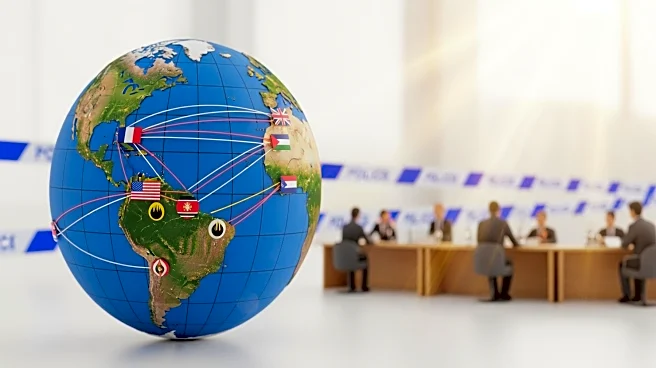What's Happening?
Renowned comic journalist Joe Sacco has released a new book titled 'The Once And Future Riot,' which delves into the narratives surrounding a violent conflict that occurred in 2013 between Hindus and Muslims
in a rural part of Uttar Pradesh, India. The book focuses on the stories people tell about the violence, identity, and belonging, rather than the specific events of the conflict. Sacco, known for his work in comics journalism, uses this book to explore how narratives are constructed and how they can influence political movements. The book is a result of Sacco's extensive research and interviews conducted in 2014, where he aimed to separate fact from fiction in the stories told by the villagers involved in the conflict.
Why It's Important?
The book's exploration of narratives in conflict situations is significant as it highlights how stories can shape perceptions and political landscapes. Sacco's work underscores the role of storytelling in constructing enemies and justifying violence, which is relevant in the context of global conflicts and the rise of autocratic tendencies in democracies. By examining the myths overshadowing the truth, Sacco's book provides insights into the mechanisms of fear and division that can erode democratic values. This is particularly pertinent in today's political climate, where similar dynamics are observed in various parts of the world, including the United States.
What's Next?
Sacco's book may prompt discussions on the role of media and storytelling in conflict resolution and political discourse. It could lead to further examination of how narratives are used to manipulate public opinion and the importance of fact-checking in journalism. The book's release might also inspire other journalists and authors to explore similar themes in different contexts, potentially influencing how conflicts are reported and understood.
Beyond the Headlines
The book raises ethical questions about the responsibility of journalists in representing stories accurately and the impact of their work on the communities they cover. It also touches on the cultural dimensions of storytelling and how they can perpetuate stereotypes and biases. Sacco's approach of including himself in the narrative challenges traditional journalism norms and invites readers to consider the subjective nature of reporting.












